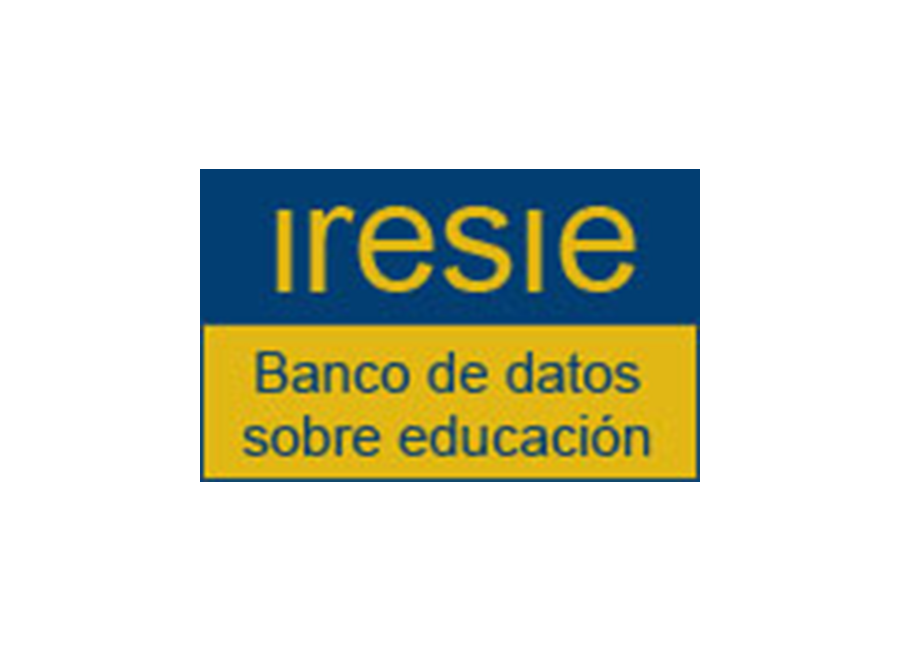Anti-Antigone in prison: Missteps, maneuvers, and displacements as pedagogical interventions in the production of a short-film
DOI:
https://doi.org/10.31391/S2007-7033(2023)0061-008Keywords:
critical pedagogy, Anti-Antigone, Antigone of the South, critical university and penitentiary knowledge, between hands and language, notes on the setback, hindfoot, interruptionAbstract
This essay presents a work of rereading the text Antigone, by Sophocles, with a group of women prisoners with the purpose of creating a short film. The set of pedagogies is approached as scenarios of strategies—maneuvers and missteps—based on which this tragedy has been reread, appropriated, and visualized by women prisoners. From the collective production of the short-film, the drifts of Antigone's descent southward are analyzed in two of the most representative spaces of an unequal Latin America and, at the same time, in a persistent struggle for equity and social justice: the prison (penitentiary system) and the academy (public university system), two contrasting contexts, but strategic for the construction of subjects with a future, in a framework of democracy and social justice in Mexico.
Downloads
References
Actis, M. F. y Arens, J. I. (2021). Pragmáticas de la sobrevivencia. Un estudio de caso argentino sobre violencias pre/post carcelarias y el accionar de las mujeres. Religación, Revista de Ciencias Sociales y Humanidades, vol. 6, núm. 30, pp. 2-19.
Adorno, T. W. (2004). Teoría estética. Traducción de Jorge Navarro Pérez. Ediciones Akal.
Anzaldúa, G. (2015). Como amansar a una lengua salvaje. En Borderlands. La frontera: la nueva mestiza (pp. 113-122). CIEG/UNAM.
Anzaldúa, G. (2005). “Let us be the healing of the wound: The Coyolxauhqui imperative–la sombra y e lsueño”. En C. Joysmith & C. Lomas (Eds.) One wound for another/Una herida por otra: Testimoniosde Latin@s in the U.S. through cyberspace. Ciudad de Mexico: UNAM-CISAN, / Colorado College/ Whittier
Azahua, M. y Rea, D. (2020). ¿Me ayudarás a levantar su cuerpo? En D. Rea Gómez (ed.). Ya no somos las mismas, y aquí sigue pasando la guerra (pp. 163-178). Grijalbo.
Azaola, E. (2007). Mujeres invisibles: las cárceles femeninas en América Latina. Revista Nueva Sociedad, núm. 208.
Belausteguigoitia, M. (2021). GRRRRR: género, rabia, ruido, rimia, risa y responsabilidad. CIEG/UNAM.
Borges, J. L. (2011). El espejo de tinta. En Historia universal de la infamia. Debolsillo.
Butler, J. (2020). Sin miedo: formas de resistencia a la violencia de hoy. Taurus.
Araya Miranda, J. y Carrión, M. (2017). La mirada cabizbaja: una escena de la violencia geológica-política en Neltume. En R. Ferrer (ed.). Violencia política y de género en Latinoamérica: representaciones críticas desde el arte y la fotografía. Rita Ferrer (pp. 205-225). Atlas.
Espinoza, O. (2016). Mujeres privadas de libertad: es posible la reinserción social. Cuadernos CRH, vol. 29, pp. 93-106.
Frahdinger, M. (2023). Antígonas. Oxford University Press.
Frahdinger, M. (2010). Binding violence: Literary visions of political origins. Stanford University Press.
Franco, J. (1994). Las conspiradoras. Representación de la mujer en México. Fondo de Cultura Económica/El Colegio de México.
Galindo, M. (2022). Feminismos bastardos. Mantis.
Gómez-Peña, G. (2005). “En defensa del arte del Performance”, Horizontes Antropológicos, Porto Alegre, año 11, n. 24, p. 199-226, jul./dez.
Haraway, D. (1995). Ciencia, cyborgs y mujeres. La reinvención de la naturaleza, Valencia: Ed. Cátedra.
Haraway, D. (2019). Seguir con el problema. Consonni.
Hartman, S. (2012). Venus en dos actos. Columbia University-E-Misférica.
Huertas, J. (2002). Antígonas: linaje de hembras Biblos.
Juliano, D. (2011). Presunción de inocencia, riesgo, delito y pecado en
femenino, Editorial Gakoa.
Kafka, F. (2016). El proceso. Valdemar.
Kohan, W. (2013). The inventive schoolteacher. Sense Publishers.
Lemebel, P. (2009). Loco afán. Editorial Planeta.
Lozano, R. (2013). Indagación y vueltas pedagógicas: los escenarios del Progrma Universitario de Estudios de Género. En M. Belausteguigoitia y R. Lozano. Pedagogías en espiral: experiencias y prácticas (pp. 21-41). PUEG/UNAM.
Rivera Garza, C. (2011). La reclamante. En Dolerse, textos desde un país herido (pp. 29-31). Surplus Ediciones.
Sófocles (2001). Antígona. Pehuén Editores.
Steiner, G. (1987) Antígonas. Una poética y una filosofía de la lectura. Gedisa.
Uribe, S. (2012). Antígona González. Surplus Editores.
Zizek, S. (2006). Antigone. Bloomsbury Press.
Downloads
Published
Issue
Section
License
Copyright (c) 2023 Sinéctica

This work is licensed under a Creative Commons Attribution-NonCommercial 4.0 International License.
This work is licensed under a Creative Commons Attribution-NonCommercial 4.0 International license.
Authors who publish in Sinéctica agree to the following terms:
The authors retain copyright and grant the journal the right of first publication of the authorized work simultaneously under a Creative Commons Attribution License, which allows others to share the work as long as both the authorship of the work and the initial publication in this journal are acknowledged.
Authors may enter into additional separate contractual agreements for non-exclusive distribution of the published version of the journal (e.g., publishing in an institutional repository or a book), with acknowledgement of initial publication in this journal.
Authors are allowed to publish their work in institutional repositories or on their own website before and during the submission process, as it may generate productive exchanges, as well as earlier and greater citation of the published work.
Explanatory note: As of 2017 Sinéctica is governed by the Creative Commons Attribution Non-Commercial 3.0 International License, a version that standardizes licenses internationally.
Articles published between 1992 and 2016 are covered by a Creative Commons Attribution-NonCommercial-NoDerivatives 4.0 International license, which allows a work to be shared and distributed non-commercially and with acknowledgement of the author, but prohibits modification of the original creation.






















